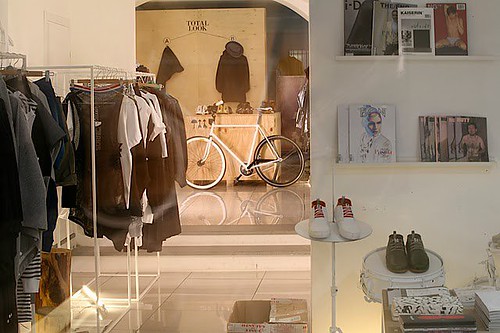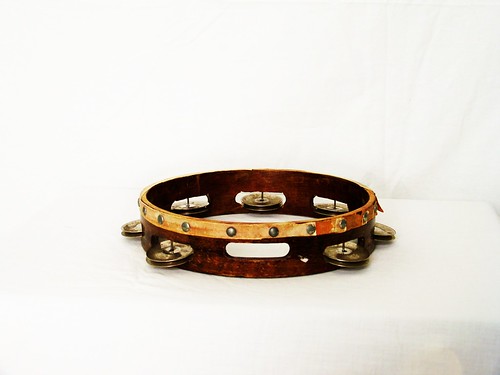
Image : http://www.flickr.com
You've got a great product. You've got a dedicated, well-trained staff. Now all you need is some word-of-mouth to get some foot traffic in your place of business.
What do you do?
Radio and television are great ways of getting the message out, but are prohibitively expensive. Same for newspapers. Internet message boards are free, but have a limited audience. You need an inexpensive, but eye-catching way to sell yourself to the public.
Screen printed t-shirts are your answer.
With a minimal investment, you can turn your friends, customers, family or just about anyone into a walking billboard for your business.
Most forms of advertising media have a very short shelf life. The TV or radio ad you buy is only going to run for a set amount of time. The newspaper ad is a one-shot deal. To get these ads on the air or in print again, you're going to have to shell out more money. With screen printed T-shirts, you get more bang for your buck because your ad runs every time someone wears your shirt. And the quality T-shirts sold by Houston Screen printing can last for years. This means that for a minimal investment, you can get years of good advertising by choosing to use screen printed T-shirts to market your business.
Another good thing about screen printed T-shirts as a marketing tool is the goodwill they create. In this tight economy, any free item is appreciated by the public. By giving away t-shirts to the public, you're automatically creating a favorable impression of your business in their minds. And when someone asks them about their t-shirt, they'll most likely have something nice to say about you and your business. When folks are wearing the t-shirt you gave them, they think you've done them a favor by giving them a free t-shirt, when in reality they're doing you a favor by advertising your business.
Also, when you get folks to wear your business' t-shirt you create an association between themselves and your business. Because many people choose their clothing to represent their individuality, getting them to wear your shirt wraps you up in their identity. Because humans are social creatures, their friends and family will look favorably on your business because someone they know is wearing its logo.
Can radio or television really offer anything like this? The answer is a resounding no.
Screen printed t-shirts are a tool used in a business tactic known as guerrilla marketing. Guerrilla marketing uses low-cost, but highly visible methods of branding and message delivery to gather attention and interest for a business or cause. Other forms of guerrilla marketing include sign wavers, giveaways and public relations stunts. It's highly effective in dense, urban areas and works great for small businesses trying to make a name for themselves.
The key to mounting a successful guerrilla campaign using screen printed t-shirts is to use an attractive, yet simple design on the shirts. You may want to hire a graphic designer to handle this four you, but there are quite a few online sites that can provide you with pre-designed options. The shirt should be eye-catching and give basic contact info. Making use of humor in your design is generally recommended because it creates a lasting impression.
Related : TV buying guide LED television


















